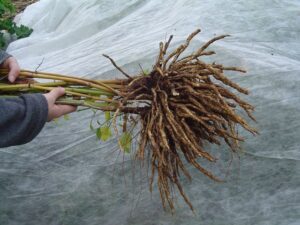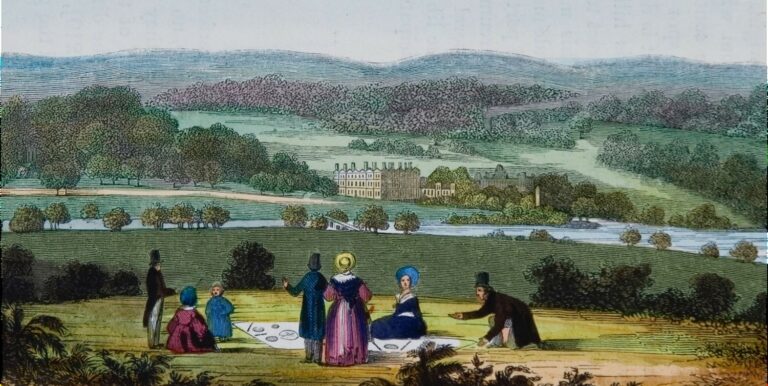Life and the landscape were very different in medieval times. Villages were small and surrounded by woodland and unfarmed land which could harbour enemies or outlaws as well as wild animals. Protection was therefore essential and depending on your situation could be provided by a wall, hedge, ditch or a simple wattle fence (created by weaving branches or saplings between upright stakes).







